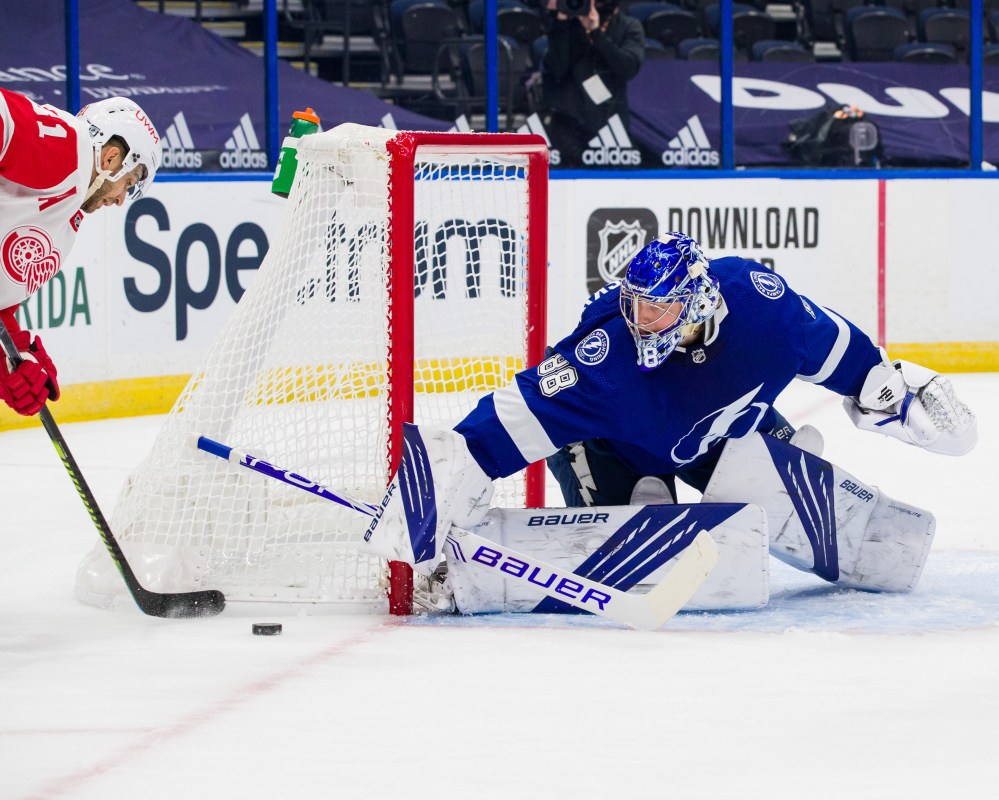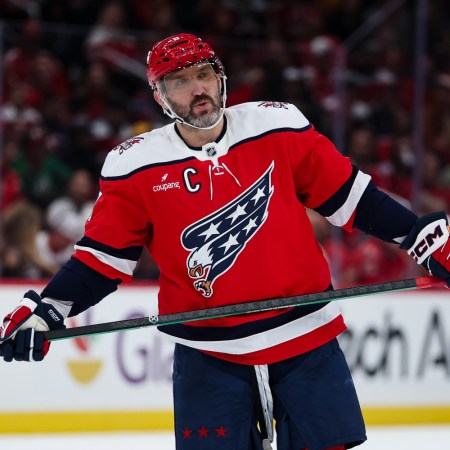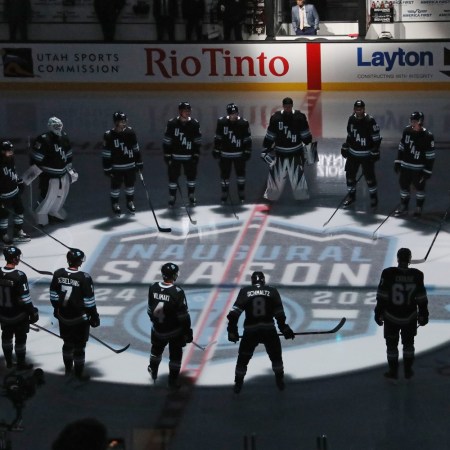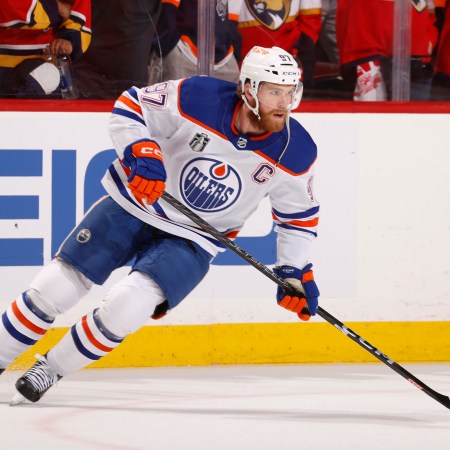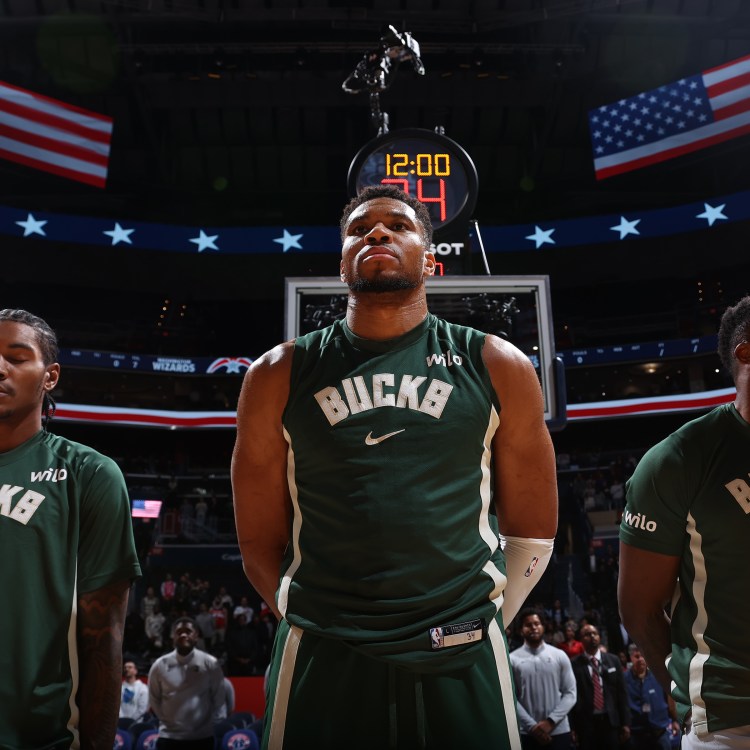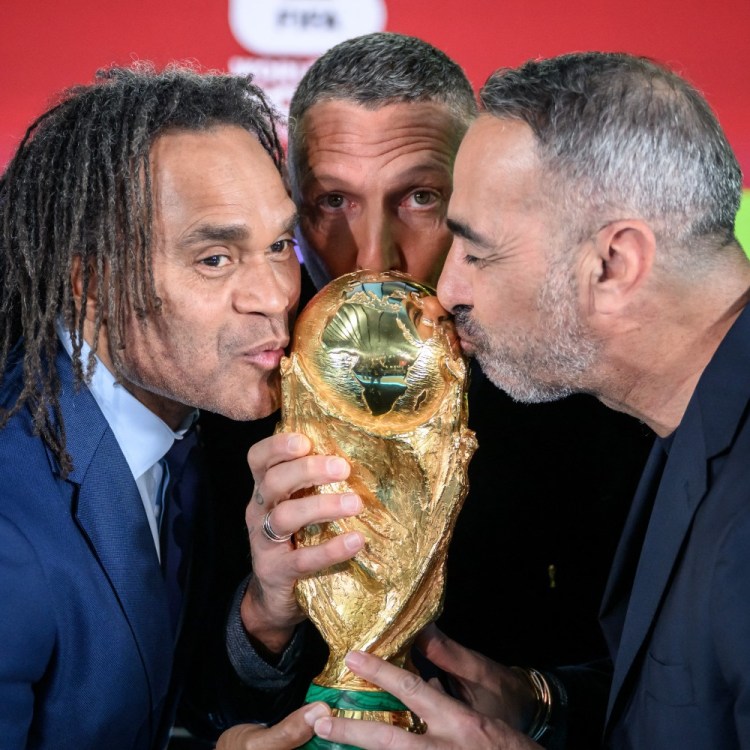Writing for The Atlantic, retired Hall-of-Fame goaltender Ken Dryden makes the case that the action on the ice in the National Hockey League has gotten boring because of the way the position of goaltender has evolved over time and the effect that has had on how pro hockey is played.
While the size of the NHL’s goal (72 inches wide by 48 inches tall) has stayed the game, goalies have gotten bigger in both size and stature, as have their pads. Equipment, particularly face masks, has also improved to the point that goalies are now able to play with their entire bodies below the crossbar, often in a butterfly position that vastly cuts down on shooting lanes where opponents can attempt to put the puck.
This has made it so difficult for opposing offenses to score that crowding goalies to prevent them from seeing shots has become almost more important than the quality of the shots themselves in most cases.
“For shooters and coaches, that is the strategy,” Dryden writes “Rush the net with multiple offensive players, multiple defensive players will go with them, multiple arms, legs, and bodies will jostle in front of the goalie, and the remaining shooters, distant from the net, will fire away hoping to thread the needle, hoping the goalie doesn’t see the needle being threaded, because if he does, he’ll stop it.”
The strategy clearly works: goal-scoring averages in the league have not dipped, but what has resulted is a brand of hockey that has become too congested and less enjoyable to watch, according to Dryden.
To solve a similar issue, the NBA introduced the three-point shot, which incentivized offensive players to spread out on the floor and conduct a more open style of play. While the NHL can’t solve its problem by awarding two points for a goal scored from distance, it may be able to help open up the game by expanding the size of the league’s rinks, moving the blue lines in or out, or switching from five-on-five to four-on-four.
Or, as Dryden suggests, the fix might be as simple as increasing the size of the goal.
“The size of a hockey net could change, and the change needn’t be too much,” he writes. “Maybe only six inches or a foot wider, maybe only six inches higher. And only for those in junior and college leagues and above. Just so a goalie’s carefully constructed, seamless wall can’t cover everything. So a goalie has to move, has to play off his goal line, has to go up and down. So he has to open up. So the slivers of open space are a little bigger. So he doesn’t think he can stop everything, and a shooter can think he might score. So an unscreened shot from farther than 20 feet might go in. So more ‘off the rush’ goals might be scored. So players would want, and need, to spread out. So the action doesn’t always funnel and congest. And the rest of the ice surface matters. So all the skills the other players have developed, and will develop, matter. So the game is defined by every player on the ice, not just the goalie.”
An interesting idea, but not likely one Dryden would have liked if he was still in net for the Montreal Canadiens.
The Charge will help you move better, think clearer and stay in the game longer. Subscribe to our wellness newsletter today.
